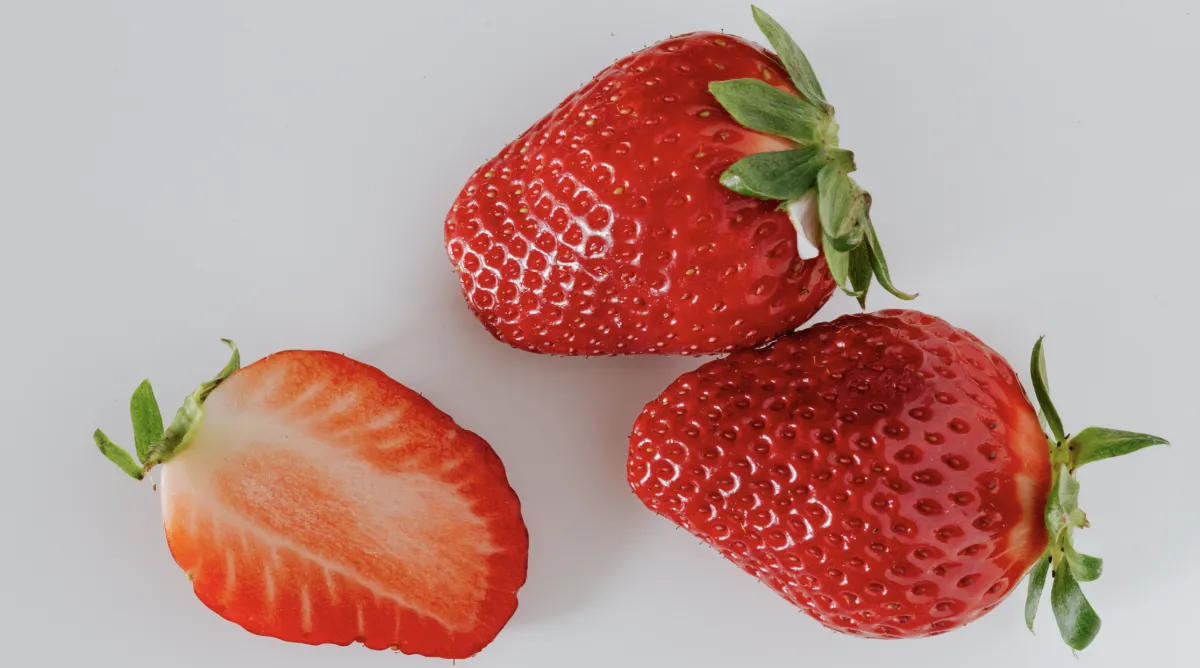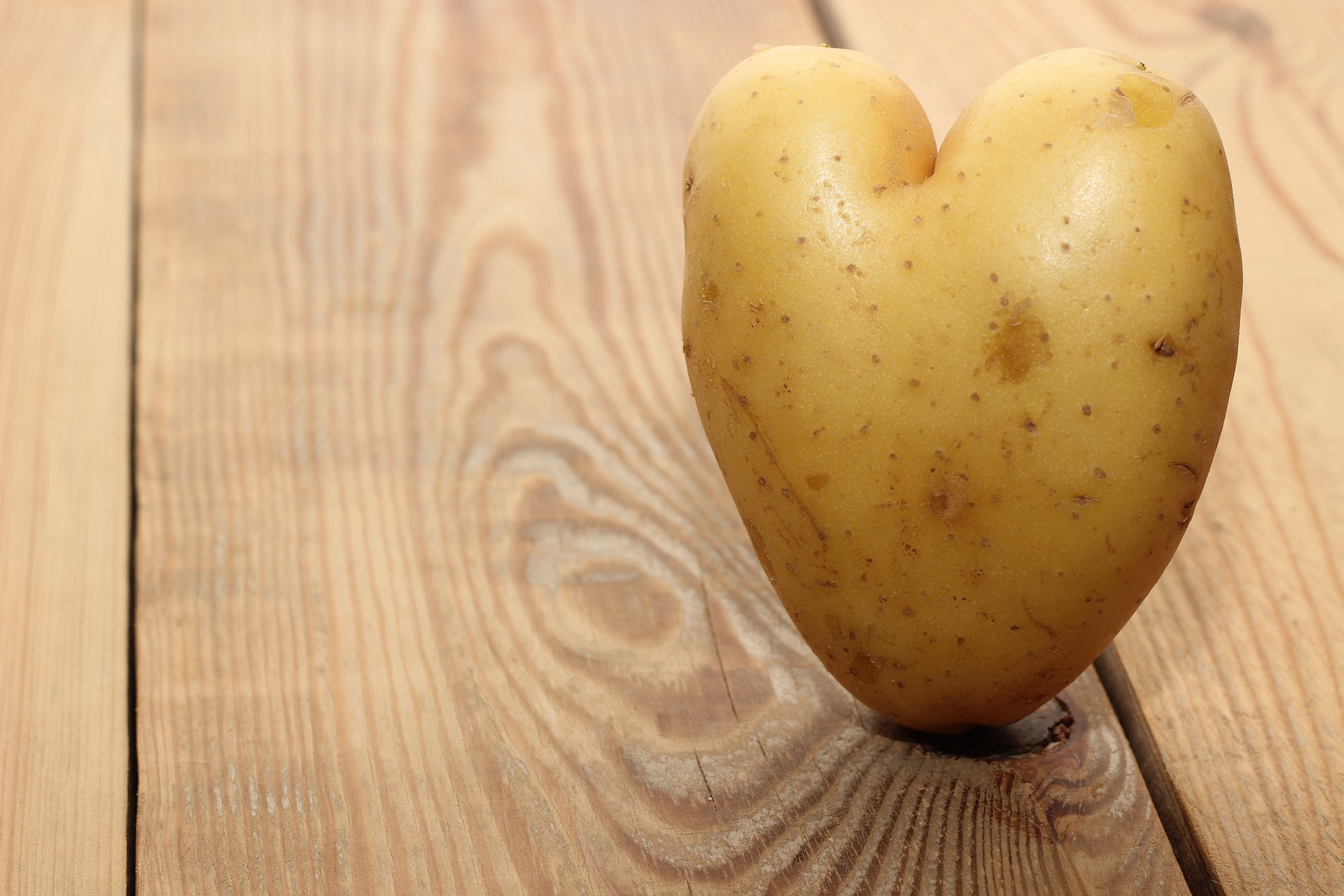
Carbohydrates: How To Eat For Blood Sugar Balance
The million dollar question - can I eat carbs if I have diabetes?
Today, I am diving into this question to bring you the science, information (and of course meal ideas!) to help you learn that carbs and diabetes can coexist.
But first, you have to let go of all the misinformation that your friends, family and Dr. Google have been telling you over the years.
Whether you have prediabetes or type 2 diabetes, carbohydrates are essential so let's start debunking the myths and help you learn how to eat carbs for blood sugar balance!
Carbohydrates 101
Our bodies require three major macronutrients to optimally function on a daily basis, which are carbohydrates, protein and fat.
Carbohydrates are our bodies main source of energy, especially for supporting brain and cardiovascular health (1)
The next time you are feeling weak, fatigued or even have a headache, check in with yourself to see what types of carbohydrates have been fueling your day. You may be surprised to find that a carbohydrate-deficient diet (or nutrient poor carbs) may be fueling these symptoms.
Carbohydrates are available to our bodies in three different forms - complex carbohydrates (or starches), simple carbohydrates (or sugars) and fiber.
The main differentiator being the chemical structure of these carbohydrates and how quickly the sugars are digested and absorbed by the body.

Complex Carbohydrates
Complex carbs or starches take the body longer to digest and absorb. The sugar molecules are bonded together in a way that when metabolized or broken down, the sugar (or glucose) is released into the bloodstream at a steady and slow pace.
You will also find these carbohydrates are rich in fiber, which contributes to helping you feel fueled over a longer period of time.
Complex Carb Food List
(Keep this list close, we will refer back to it in a bit!)
Whole grains: oats, quinoa, rice, pasta, wheat, rye, barley
Beans & legumes: black, kidney, garbanzo, navy, lentils, black-eyed peas, split peas
Fruits: berries, apples, bananas, oranges, pomegranates, kiwi, pears, melons
Vegetables: Russet potatoes, sweet potatoes, corn, peas, squash, pumpkin
Dairy: milk, yogurt, cottage cheese

Simple carbohydrates
On the other hand, simple carbs are quickly digested and absorbed causing large spikes in blood sugars.
Simple Carb Food List
Sugars (white, brown)
Corn syrup
Fructose
Sucrose
Soda
Candy
Syrup
One of the best ways to explain the difference and to truly understand the impact these types of carbohydrates have on your body is to consider a fruit versus fruit juice.
For example, an apple is a complex carbohydrate packed with vitamins, minerals and fiber that is slowly digested to provide staple energy. Combine this apple with a protein and/or fat and you are golden!
However, apple juice has been stripped of these power nutrients and when consumed quickly spikes your blood sugar. You might feel energized in the moment but it won’t be long until you experience an energy crash.
Research supports that fruit consumption is associated with a lower risk of diabetes among women ages 38-64 and in fact fruit juices may be associated with an increased risk (2).

What is Diabetes?
Diabetes is a condition when the body can no longer function to break down carbohydrates normally (3).
The pancreas is the organ that plays a vital role in regulating blood sugar levels. To provide your body energy, carbohydrates are broken down into sugars (glucose) and released into the bloodstream.
This initiates the pancreas to produce insulin, the hormone that acts as a key to allow sugars from the bloodstream to enter into cells. Energy is provided and your body is able to perform necessary functions.
With diabetes, your body either doesn’t make enough insulin or cannot use it normally to regulate blood sugars (3). Over time, glucose builds up in the bloodstream and blood sugar levels remain high to meet the criteria for prediabetes or type 2 diabetes.
Living With Diabetes
Diabetes prevalence continues to significantly increase with 37.3 million Americans impacted by the disease (4).
Because it is primarily a lifestyle related disease, diabetes can be properly managed and ultimately reversed into submission.
Diabetes does not develop overnight and thus cannot be reversed overnight. However, with consistent action, a reversal is possible over time.
The first step to take whether you have recently been diagnosed or have been living with diabetes for years is becoming aware. It is the foundation to build upon as you continue on your journey.
Awareness allows us to rewire our brain and start creating healthy habits that are sustainable.
Carbohydrates and Diabetes
Building awareness is not a quick fix, but it can ultimately lead us towards a happier and healthier life.
When it comes to choosing carbohydrates for diabetes, having a level of awareness of the types you choose for nourishment makes all the difference.
There are many uncontrollable risk factors such as age, genetics and ethnicity with diabetes. However, there are also many controllable risk factors such as weight, nutrition and physical activity level.
With a heightened focus on nutrition, you can start to establish a nutrition plan that incorporates nutrient rich foods that are also satisfying.
I encourage you to step outside your comfort zone and add carbohydrates to all of your plates that are nourishing, support blood sugar control and can ultimately prevent the progression of diabetes.

Best Carbohydrates For Diabetes
Remember that complex carb list I told you to keep close? It is time to put it in use!
Complex carbohydrates are going to be the best choice when it comes to managing diabetes. This type of carb fills your diet with vitamins, minerals and fiber while also supporting balanced blood sugars. Simple sugars definitely do not compare or offer the same health benefits.
Creating a plate with complex carbohydrates alongside proteins, fats and half a plate filled with plants (think of all your favorite non-starchy veggies) is what you should aim for moving forward.
Does Meal Timing Matter
Before I share all the wonderful meal ideas, let’s chat about the timing of meals.
Timing is key when it comes to establishing a more stable blood sugar (and not to mention sustaining a good energy level too). Like most other types of schedules, eating at specific times can help ensure a managed blood sugar level. This means there’s less chance of you feeling “hangry” (hungry + angry).
Check in with yourself by asking a few questions:
Have you ever tracked when you eat?
Are you munching at 9pm just before bedtime?
Are you skipping meals without realizing it?
Do you have a set meal time?
Going back to awareness (it really does lay the foundation!), start noticing your meal and snack times, your current eating schedule and where you can find areas of improvement.
Need additional support when it comes to meal timing? This is one of the top topics I cover with clients in my The Balanced Blood Sugar Protocol.

10 Ways To Eat Carbs
Now for what we have all been waiting for, the meal ideas!
Let this list be your inspiration to feature nutrient-rich carbohydrates (refer back to the list of complex carbs above as needed) as part of breakfast, lunch and dinner meals.
In a salad
Add diced sweet potatoes to shredded Brussel sprouts then top with pomegranate seeds for not only color but flavor too.
Portioned with soup
Add a grain such as brown rice, quinoa or barley to your favorite broth-based soup for a boost in vitamins, minerals and fiber.
Served with fresh vegetables
My favorite way to feature carbs! Pair starchy vegetables like squash, pumpkin or potatoes with non-starchy veggies like leafy greens, bell peppers, cucumbers or edamame for an antioxidant rich meal.
In a stir fry
A great lunch or dinner option that takes your favorite grain plus a variety of non-starchy veggies such as onions, peppers, broccoli and carrots to create a colorful dish.
Paired with lean protein or plant based protein
Create a complete meal with protein, fat and fiber by picking your favorite starch (quinoa mixed with roasted garlic is highly recommended!) to serve alongside.
In a grain bowl
Feature quinoa with all the veggies plus a dollop of hummus on the top to make for a delicious (and nutritious) anti-inflammatory recipe.
On a taco
Switch up traditional Taco Tuesday by featuring beans and sauteed veggies in a corn tortilla. You can even top off the recipe with a scoop of Greek yogurt. Trust me, you won’t be disappointed!
In a skillet
The best breakfast or brunch that takes potatoes (or another complex carb) and piles all the non-starchy veggies you could wish for on top for a nourishing way to start the morning.
On a sandwich
Swap the white bread with a whole wheat bread filled with fiber before spreading on a layer of hummus (a wonderful mayo alternative) then layers of all your favorite sandwich toppings.
In a bento box
Last but definitely not least, the bento box! Pair simple ingredients like cucumber wedges, bell pepper slices, olives, whole grain crackers and cottage cheese to create a satisfying on-the-go meal.
What more could you ask for from these 10 meal ideas?! You will quickly find that even the simplest swap from simple to complex carbs is easy, especially when it is delicious!
With the added bonus of keeping blood sugars stable, it is worth every effort to incorporate these foods into your daily habits.
Explore More
References
6 Ways to Keep Your Brain Healthy
Lydia A. Bazzano, Tricia Y. Li, Kamudi J. Joshipura, Frank B. Hu; Intake of Fruit, Vegetables, and Fruit Juices and Risk of Diabetes in Women. Diabetes Care 1 July 2008; 31 (7): 1311–1317. https://doi.org/10.2337/dc08-0080
What is diabetes?
By the Numbers: Diabetes in America | Diabetes | CDC